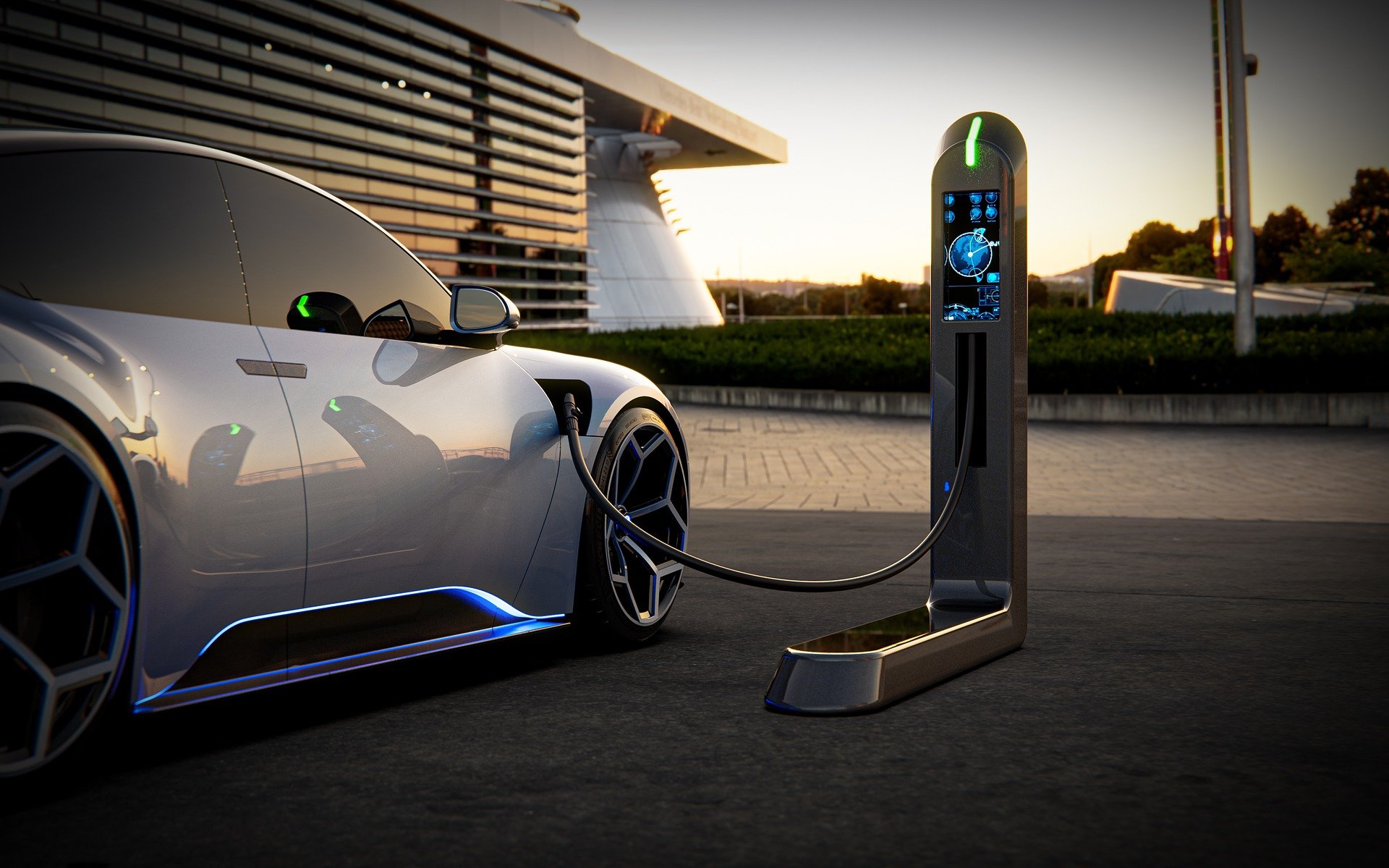Steering the Future: Hydrogen Fuel Cell Vehicles
The automotive world is on the cusp of a major shift, with hydrogen fuel cell vehicles standing at the forefront. As the industry gravitates towards more sustainable alternatives, this technology offers a promising outlook. Let's delve deep into the realm of hydrogen fuel cell vehicles, their potential, and the challenges they present.

A Historical Overview: The Birth of Hydrogen Fuel Cell Vehicles
The concept of hydrogen fuel cell vehicles dates back to the 1960s, when General Motors introduced the ‘Electrovan’, a vehicle powered by a Union Carbide fuel cell. However, the technology was ahead of its time and the project was abandoned due to high costs and technological limitations. It was not until the early 2000s that this technology saw a resurgence, thanks to advancements in fuel cell technology and growing concerns over fossil fuels.
Current Trends: The Rise of Hydrogen-Powered Vehicles
Today, the automotive landscape is more ready than ever for hydrogen fuel cell vehicles. Major automakers like Toyota, Honda, and Hyundai have already launched their hydrogen-powered models, while others are investing heavily in research and development. The push towards green transportation technologies and the need to meet strict emission norms are driving this trend.
The Science Behind Hydrogen Fuel Cells: How They Work
A hydrogen fuel cell vehicle uses a fuel cell, instead of a battery, to power its on-board electric motor. The fuel cell combines hydrogen and oxygen to produce electricity, with water and heat as byproducts. This clean, efficient, and quiet operation is what makes these vehicles an attractive option for the future.
The Impact: Benefits and Challenges
Hydrogen fuel cell vehicles promise several benefits. They are zero-emission vehicles, emitting only water vapor. They offer a longer range and faster refueling times compared to electric vehicles. Moreover, hydrogen is abundant and can be produced from a variety of sources.
However, there are also challenges. Developing a widespread hydrogen refueling infrastructure is a significant hurdle. Hydrogen gas is also highly flammable, necessitating robust safety measures. Furthermore, the current methods of hydrogen production are not entirely clean, diminishing the environmental advantages.
Charting the Course Ahead
Despite the challenges, the potential of hydrogen fuel cell vehicles is undeniable. They represent a significant step towards sustainable mobility, marrying the convenience of traditional vehicles with the environmental benefits of electric propulsion. With ongoing advancements and industry backing, we could well be steering towards a hydrogen-powered future.




